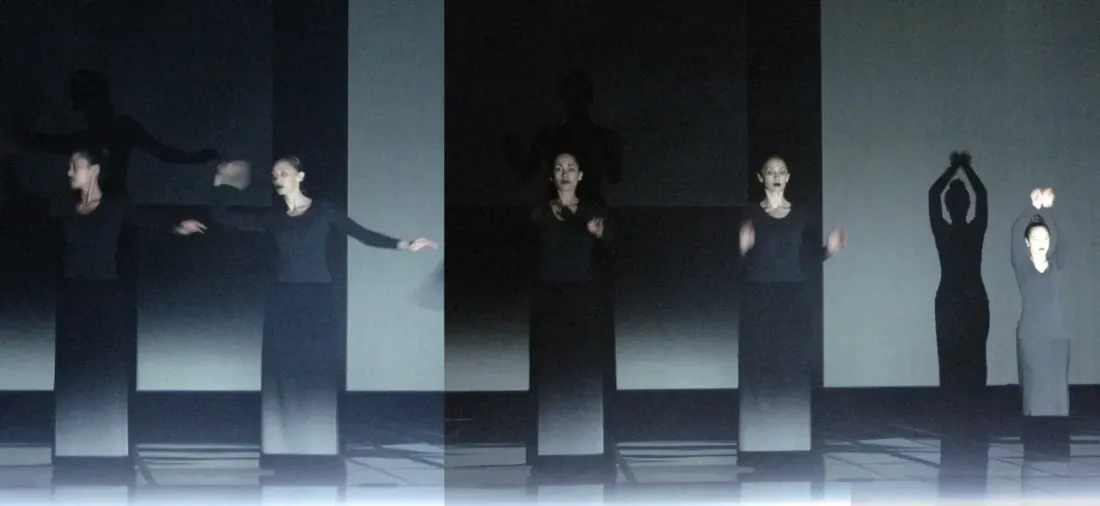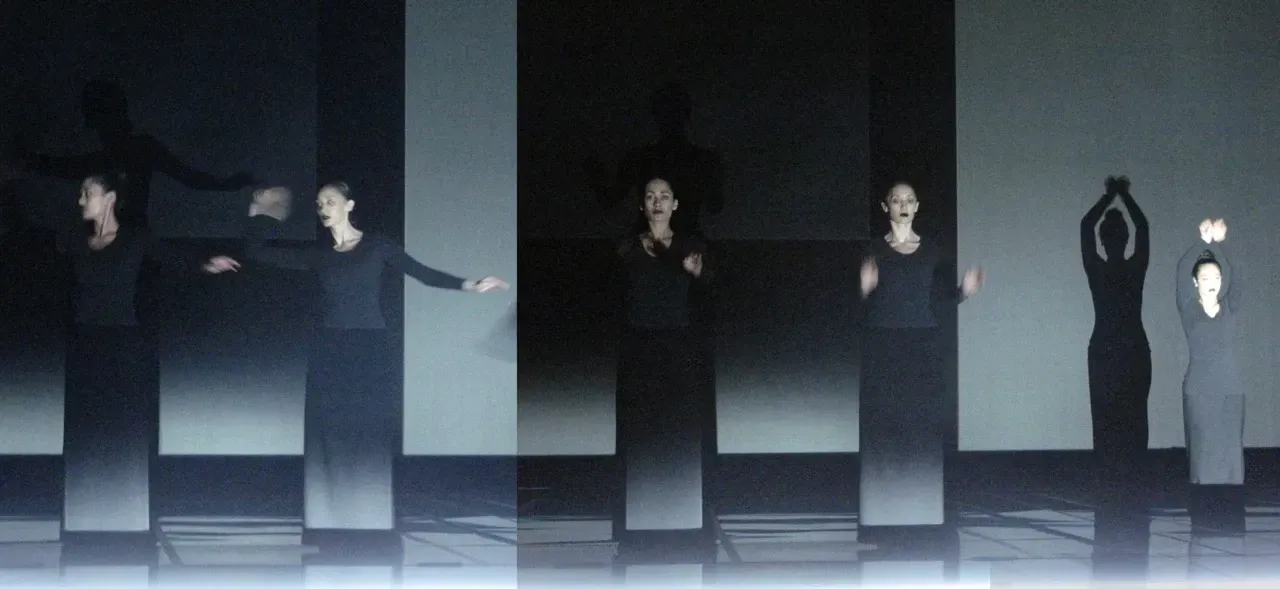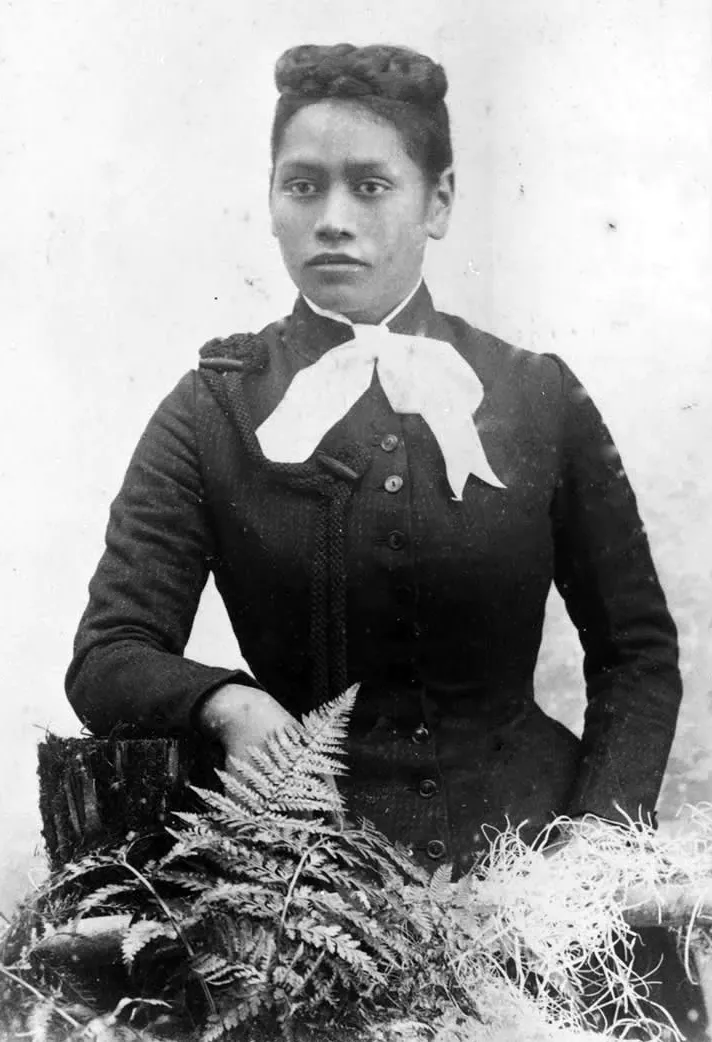MAUSINA: women's suffrage, whakapapa and truth
Written by


The Suffrage125 brand feels like a corset. Ideally shaped, but tight. Too tight. It does what is meant, and what is fashionable. But it feels like some of the life has been squeezed out to get the right fit.
On 19 September 1893, New Zealand became the first self-governing country in the world in which all women had the right to vote in parliamentary elections. My whole life I have had this right, and have exercised it with gratitude, and without hesitation. It was one of the first New Zealand history details I revered.
More and more deeply I resonate with Te Moana Nui a Kiwa holding my sense of place in our world. As a result the narratives of the past 200 years feel more and more like a proverbial drop in this expanse of far greater context, far greater scale, and far greater potentialities.
Suffrage125 sits inside the whakapapa, the gafa, the genealogy of Aotearoa New Zealand and the wider Pacific region, where women have participated and lead decision-making in their communities for millennia.
On Wednesday (Eds: 19 September 2018), Māori and Pasifika women artists of MAU will lead a performance ceremony Mausina in the grounds of Parliament, honouring our foremothers on the 125th anniversary of women’s right to vote in New Zealand. They will be joined by women from Wellington’s Pasifika communities including mamas from Kuki Airani.
The grandmothers of these Kuki Airani mamas got to the polls first in elections for island councils and a federal parliament in the Cook Islands on 14 October 1893, just weeks after New Zealand’s Electoral Act.
Being first is inevitably contestable when there’s a collective finish line and the assumption of a mutual starting point. The Cook Islands was a British protectorate at the time. But they too were pipped at the post by the female descendants of the mutineers of the Bounty who were allowed to vote for their ruling councils on Pitcairn Island from 1838, and on Norfolk Island after they settled there in 1856. Recognisably these are measures of achievement within the colonial systems of power at the time. So is 19th September 1893.

Meri Te Tai Mangakāhia in the 1890s. Photo source: Wikipedia.
The forms of power and determination of Tangata o te Moana prior to the arrival of European and American flags in the Pacific region are less widely documented, kept instead within the aural ledgers of whakapapa, gafa, genealogy.
And yet it is these aural records that give the greatest context to the 125th anniversary of the success of New Zealand’s suffrage movement. Suffrage125 sits inside the whakapapa, the gafa, the genealogy of Aotearoa New Zealand and the wider Pacific region, where women have participated and lead decision-making in their communities for millennia. Suffrage125 is also contextualised by New Zealand’s environment and location, and this environment and location is also documented within whakapapa, gafa, geneaology.
I scan the digitised database of the main suffrage petition on New Zealand’s official history website, looking for my great-grandmother’s name. Nellie Webb’s signature isn’t there.
Performed in Te Reo Māori and Pasifika languages, Mausina will celebrate all women of Aotearoa and Te Moana Nui a Kiwa - expressing our mana, creativity, resilience and more than ever our leadership, as we continue to bravely navigate our way through the challenges of the contemporary world.
I scan the digitised database of the main suffrage petition on New Zealand’s official history website, looking for my great-grandmother’s name. Nellie Webb’s signature isn’t there. I console myself that her name must be on one of the many missing regional petitions. After all she was six foot tall and strident. Why wouldn’t she have signed?
The image of her standing in front of an open cast mine in Waipori is seared in mind. Its photocopy found in Dunedin's Hocken Library years ago leads me to call a name on the library file. I drive to the Green Island home of a private collector who holds the original photo in boxes of salvaged memories from the old Otago gold mining town flooded to make Lake Mahinerangi. “I’m Nellie Webb’s great- granddaughter,” I say on the phone, and then later I say it again, when the collector opens the door holding her photo.
On 19 September 2018, we will recognise all our foremothers. They will include the women who signed Te Tiriti o Waitangi including Te Rangi Topeora, Ngati Toa Rangatira [and] Meri Te Tai Mangakāhia.
Where are the Māori names on the suffrage petitions, where are the Chinese names? I remind myself that documents are as much about what is not documented. They are the starting point, the place to jump off, particularly if the documents are focused on another understanding of place and one’s place.
At least 13 Māori women signed Te Tiriti o Waitangi 53 years before women’s suffrage in New Zealand. This leadership and determination by women for the greater community that is Aotearoa New Zealand informs and contextualises our 125 years of suffrage.
On 19 September 2018, we will recognise all our foremothers. They will include the women who signed Te Tiriti o Waitangi including Te Rangi Topeora, Ngati Toa Rangatira. They will include Meri Te Tai Mangakāhia from the Hokianga who introduced a motion at the second session of Kotahitanga, the Maori Parliament in May 1893, requesting women be given the right to participate in the selection of members. She addressed the Kotahitanga, the first woman recorded to have done so, not only proposing that Māori women be given the vote, but that they be eligible to sit in the Māori parliament, on the grounds that many Māori women owned and administered their own lands, either because they had no male relatives or because they were more competent.
We will call to the women whose names we know, and we will call to the women whose names we don’t know. We will call to all our foremothers remembering them with our presence.
Susana Lei’ataua is the executive director of MAU. MAU will perform Mausina on Parliament Grounds at 3pm, Wednesday, 19 September in a free event which will take place rain or shine.
MAU is renowned internationally for its work by director and choreographer Lemi Ponifasio.